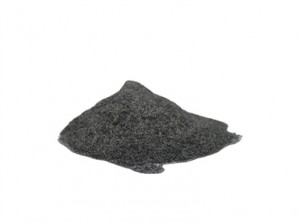In industrial applications, the friction properties of composites are very important. The factors affecting the friction coefficient of flake graphite composites mainly include the content and distribution of flake graphite, friction surface conditions, pressure and friction temperature, etc. Today, the editor of Furuite graphite will talk about the factors affecting the friction coefficient of flake graphite composites:

1. The content and distribution of graphite flakes.
The composite friction coefficient depends on the area fraction of the composite flake graphite. The greater the content of flake graphite in the material, the greater the area fraction of flake graphite on the friction surface. In addition, the more uniform the flake graphite distribution is, the easier the graphite coating is to connect into flakes on the friction surface, thereby reducing the friction coefficient of the composite material.
2. Condition of friction surface.
The condition of the friction surface refers to the size and nature of the protrusions on the friction surface. When the degree of cogging is small, the area fraction of flake graphite on the friction surface of the composite material is reduced, thus resulting in an increase in the friction coefficient.
3. Pressure.
The surface of the composite material is always uneven. When the pressure is small, the mutual junction on the friction surface is local, so serious adhesive wear occurs, so the friction coefficient is large.
4. Friction temperature.
The friction temperature directly affects the oxidation and destruction of the graphite lubricating layer on the friction surface. The higher the friction temperature, the faster the oxidation of the graphite lubricating layer. Therefore, the more serious the damage of the graphite lubricating layer is, the higher the friction coefficient is.
Post time: Sep-28-2022